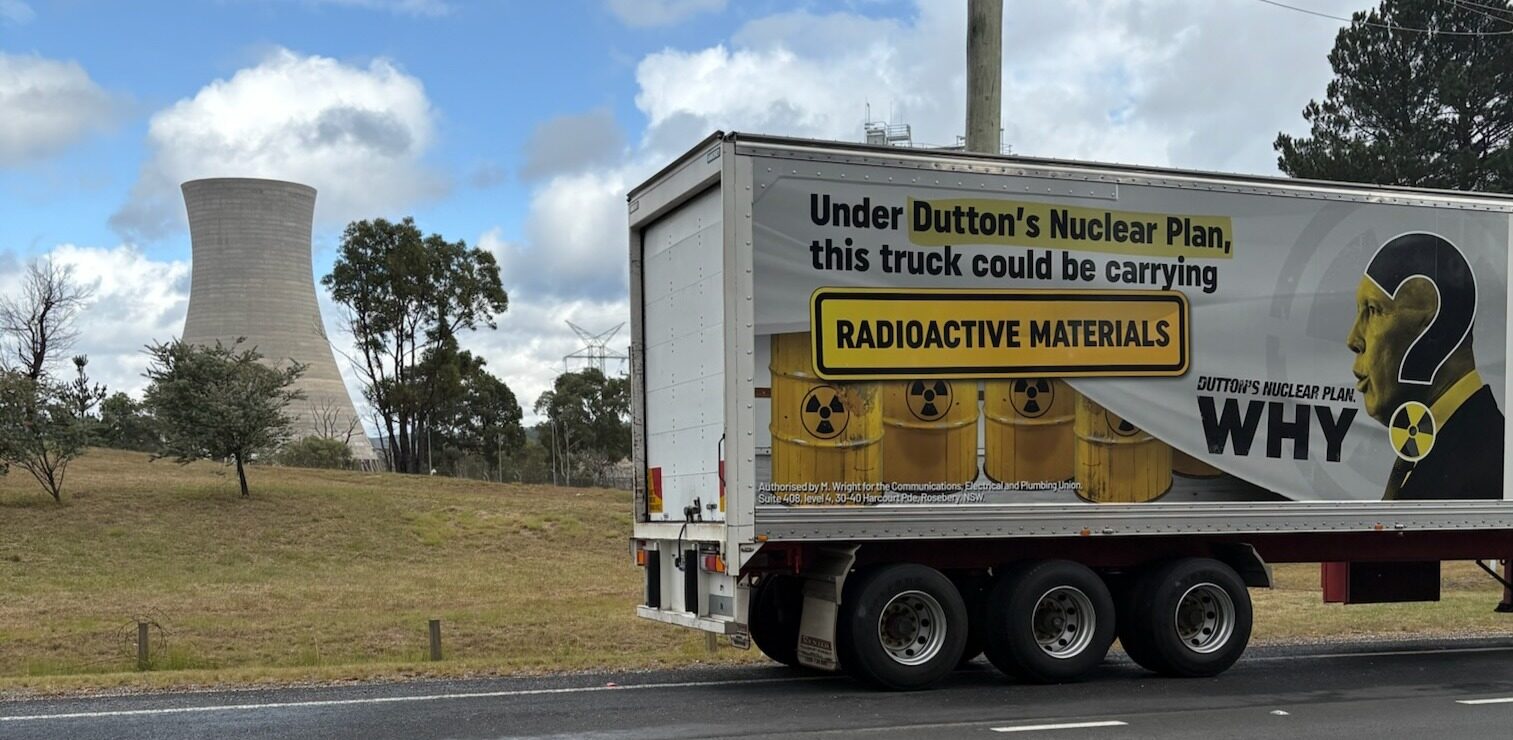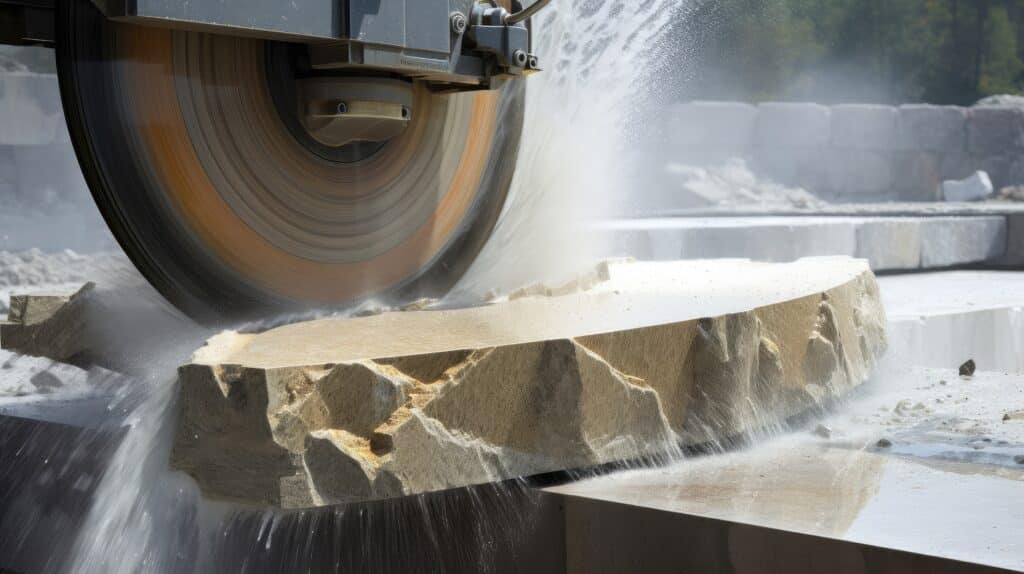Work Health and Safety Ministers across the country voted to ban engineered stone containing silica last week, thanks to pressure and campaigning from the union movement including the ETU. These laws will save many lives as they come into effect from July 2024. The federal government will also implement a ban on importing engineered stone containing silica, reducing the chance of it ending up in circulation.
In late October Safe Work Australia released its report recommending a complete prohibition on the use of all engineered stone in Australia.
The report followed broad consultation with business groups, engineered stone manufacturers and fabricators, unions and health experts. It also included detailed economic evaluation and an analysis of evidence from the best available science when developing its recommendation.
In early October the ACTU executive resolved to take all necessary steps to ban engineered stone by the middle of next year following a CFMEU motion and their Stop This Killer Stone campaign if government bans are not in place by then.
Unions, public health experts and health and safety specialists have been warning governments about the risks associated with engineered stone for years. Inhaling crystalline silica dust while cutting, grinding or drilling engineered stone used in kitchen or bathroom benches can lead to silicosis, a debilitating, incurable and sometimes fatal occupational disease caused by exposure to respirable crystalline silica (RCS).
In some states reports have shown that as many as 1 in 4 stonemasons that work with engineered stone have silicosis. Most engineered stone workers who have developed silicosis were under 35.
Showing up at work shouldn’t mean putting your life at risk, but tunnelling, construction, mining and quarrying, and manufacturing jobs are exposing over half a million Australian workers to silica dust across. Over 10,000 workers are predicted to develop it as a result of their current exposure to the dust at work. Some of these workers are electrical workers.
Scientific and medical evidence has found that even when workers cut and fabricate low silica stone products it generates significant amounts of very fine particles of silica that are able to penetrate deep into the lungs of workers and cause disease.
Alternatives to engineered stone bench tops include:
- Porcelain
- Natural stone (such as marble, granite or sandstone – although some do still contain silica)
- Laminate
- Tiles
- Concrete
- Wood/timber
There will still be risks associated with cutting or removing existing engineered stone, so it will be very important to make sure that licensed professionals follow correct safety procedures when undertaking this work.
Thanks to everyone who got involved with the campaign online or out protesting in the streets! Your voices have made a difference, and will save lives as a result.
Union Power!!
Watch Joanna’s story
What is Silica?
Silica is one of the key components of soil, sand and granite. Construction, tunnelling, quarrying, excavating, mining, road construction (asphalt) and some manufacturing processes can produce fine silica dust. Engineered stone, commonly used for kitchen and bathroom bench tops, also produces fine silica dust when cut or shaped. A 2012 survey estimated that workplaces exposed 6.7% of Australian workers to RCS.
What is Silicosis?
Silicosis is a lung disease caused by inhaling tiny bits of silica dust, which can lead to scarring (fibrosis) of lung tissue. Each year workplaces expose around 600,000 Australian workers to respirable crystalline silica (silica) dust. When breathed in, silica dust is small enough to penetrate deep into the lungs, causing irreversible lung damage. It’s incurable, progressive and in many cases fatal. Silica dust also causes lung cancer and other diseases.
Want to know more?
Scroll down this webpage and find factsheets that explain more about silica, silicosis, and how it can affect workers.
Read more ETU news
Members at BAE keep up the fight
27 April 2025
May Day Events for 2025
27 April 2025
Federal Election 2025
27 April 2025
